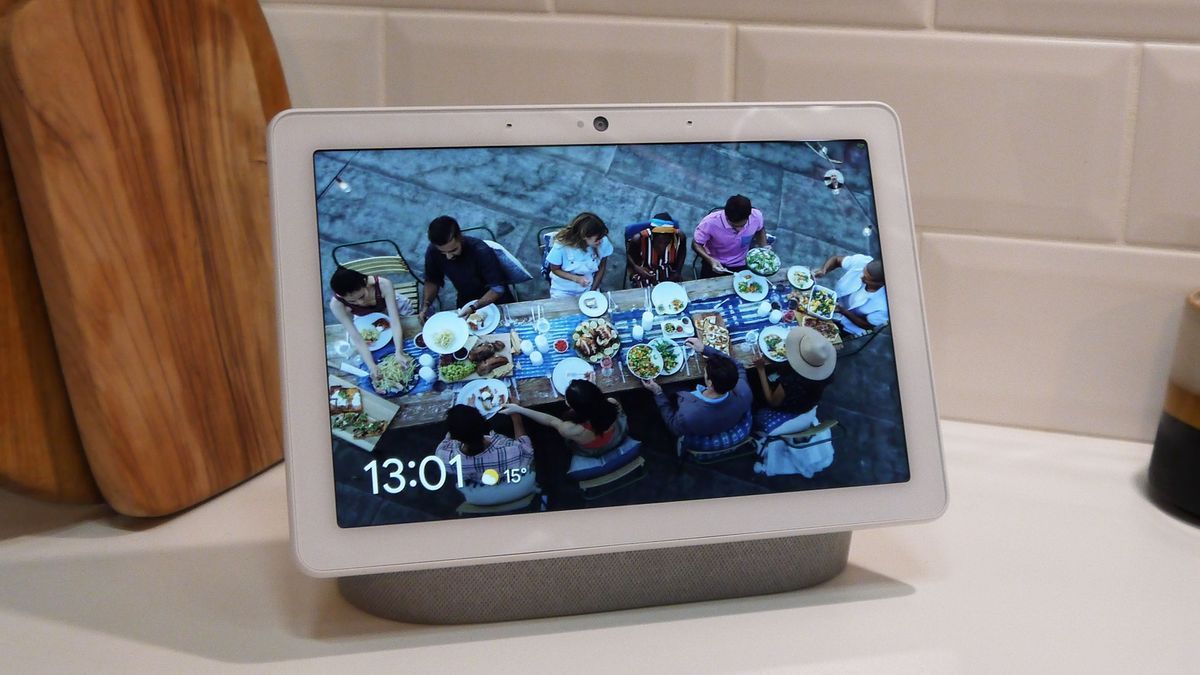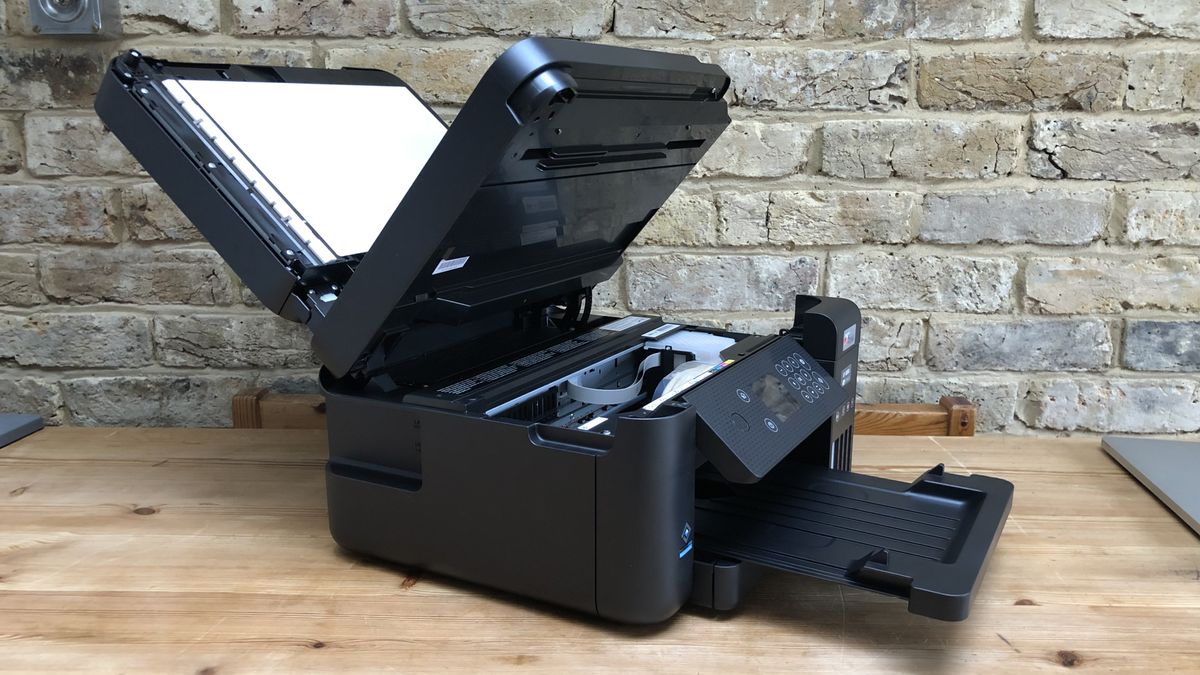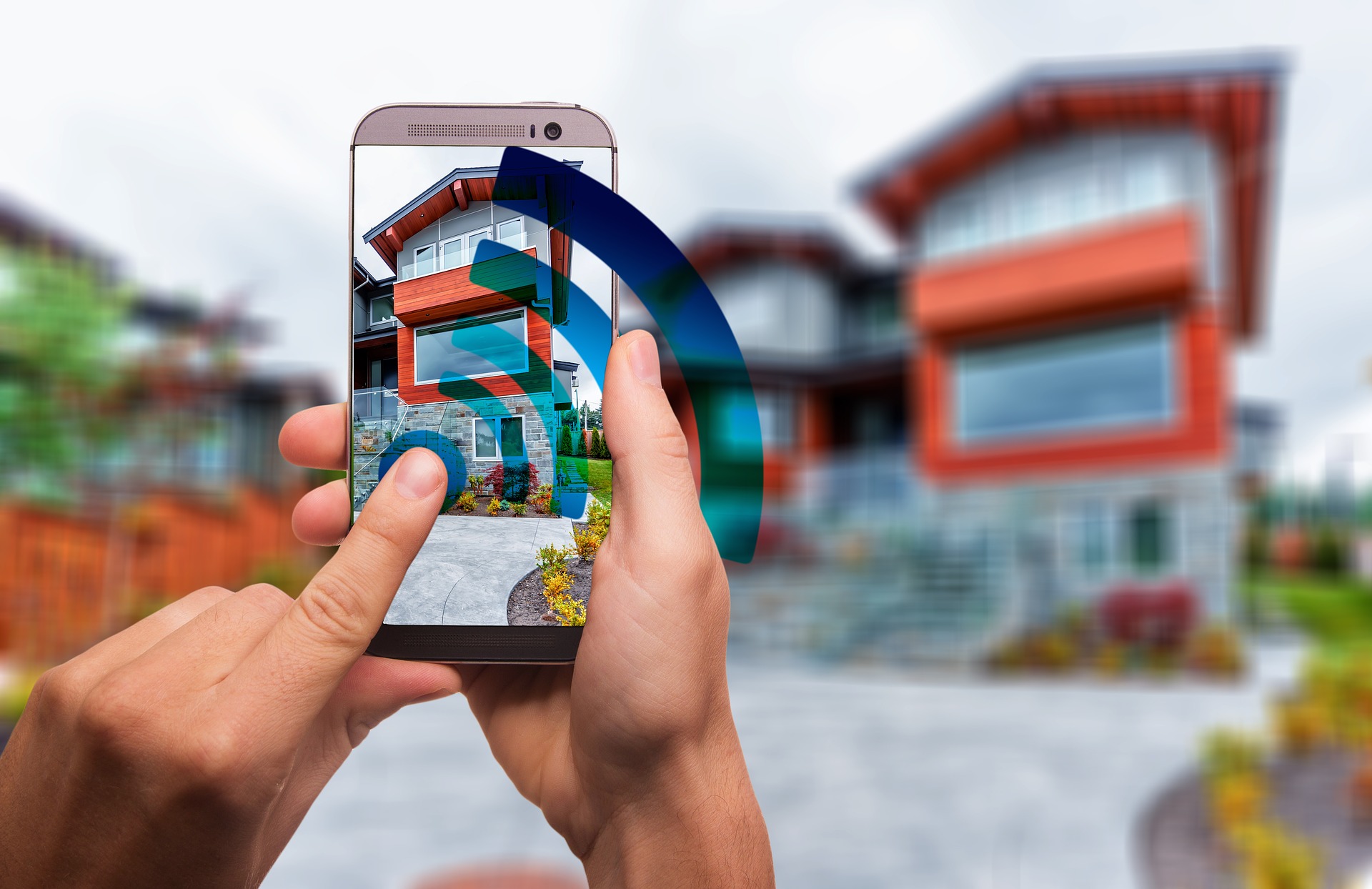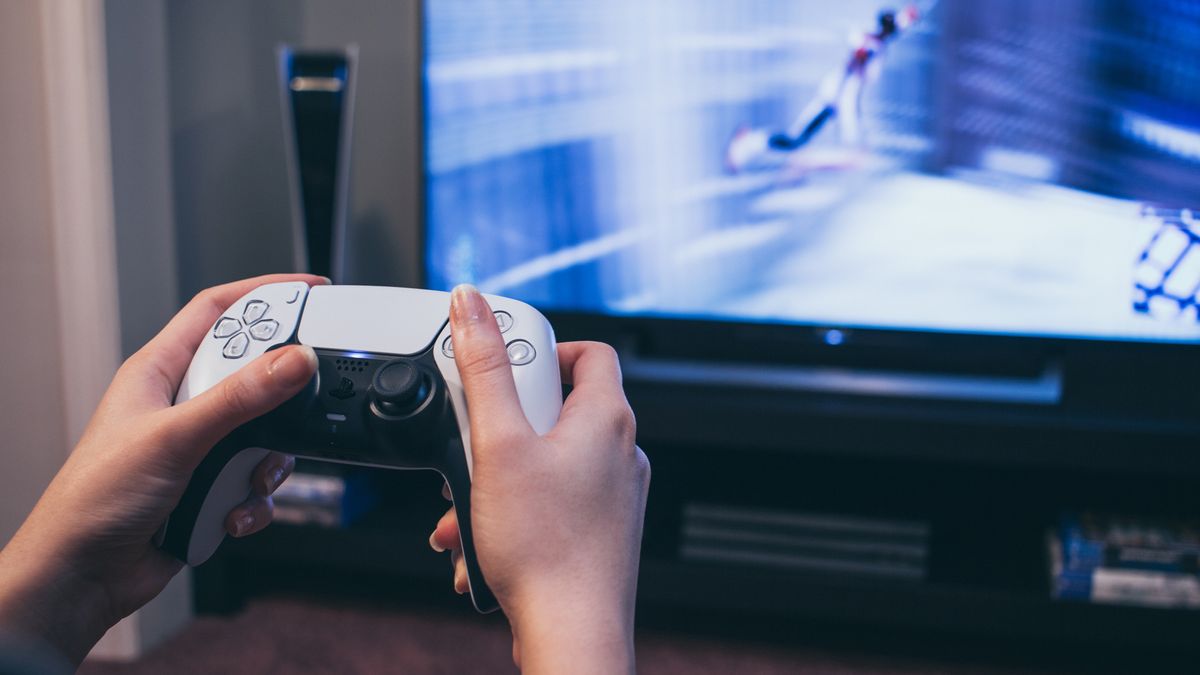A day after a Google I/O 2024 keynote that focused squarely on Gemini and AI, the tech giant is now focusing on the home…specifically, the smart home.
In 2023, Google redesigned the Home app for Android and iOS, supporting the Matter smart home standard and more robust controls. In 2024, Google will expand its development tools with two new APIs to make it easier to create and integrate the smart home into other applications and experiences.
The new Devices and Structures API and Automation API join the Commissioning API, which is used to bring online smart home devices such as light bulbs, plugs and many others.
The hope is that developers of all types of apps can now create instances where their apps can tap into the smart home ecosystems of homeowners who use their products and services. Of course, users need to be granted access, but the idea is to facilitate the development of automation and routines involving smart home devices.
For example, when a food delivery driver approaches, a routine could automatically turn on the front porch lights, which is pretty cool.
TechRadar spoke to Anish Kattukaran, head of product at Google Home & Nest, to learn more about the latest home APIs.
Two new APIs can deliver intuitive smart home experiences across apps
Essentially, Google Home is now seen and built as a platform that developers can easily build. Google, with these new tools, aims to eliminate some of the frustration of building smart homes, make it easier to integrate with a standard, and then allow someone who makes a smart home product to easily adopt a standard, but also allow others developers to create unique “innovative experiences” that tie into the smart home.
In Kattukaran's words, these “experiences” or routines can “bridge the digital and physical worlds.” For example, a Pixel phone could take advantage of smart lights to help you relax better when sleep mode is activated, or a smart home brand like Eve can bring unique automation to Google Home for the first time.
The Devices and Fabrics API provides access to over 600 million connected devices from a single integration for developer use. This could be how you connect a food delivery app to turn on your outside porch lights; Or, when an appliance runs out of cleaning solution, you could instantly reorder it. It has the potential to solve pain points and, from a privacy and security perspective, permission must be granted by the owner, also known as you, and can be revoked at any time.
Google's new automation API is smart and GenAI is used to help connect the dots between smart home devices; For example, Yale takes advantage of this so that porch lights turn on when a door is closed; The API paves the way for that integration and experience to be delivered.
The hope is that Google is “liberating the home in a way that any mobile developer can take and integrate with a home in a way that's easier than it's ever been possible,” Kattukaran said. This opens the door for even developers who don't design for the smart home to add elements to it. It's really a great use case that opens the door to all kinds of possibilities.
Google is opening the waitlist for the new domestic APIs today, May 15, and they will be fully launched later this year. However, Google has already shared four of the experiences that will be available to smart home users. Eve Systems will bring its automation to Android for the first time, such as automatically lowering blinds based on a condition. The Pixel team aims to make bedtime mode a little more tangible by closing doors, dimming the lights, and even turning off screens.
ADT, which likely focuses more on security than smart home, will introduce “trusted neighbors” to allow a homeowner with a system to easily grant secure, temporary access to someone like a family member, friend or worker. In our conversation, we talked about possibilities similar to this ADT function.
For example, a hotel or rental property could integrate room unlocking or locking and smart home controls into its own app. You could prepare the space, turn on lights, and adjust the weather based on geofences or an imputed arrival time.
Finally, Google wants to accelerate the smart home and is opening the door for more devices to effectively be home hubs by running new software: Google Home Runtime. Essentially, many Nest, Android TV and Google TV devices, as well as many LG TVs, will become Matter-enabled and Thread-compatible hubs, allowing them to help process smart home commands and requests locally. AKA does not need to send them to the cloud, potentially speeding up these requests at home and on Wi-Fi. Kattukaran shared that with this software running in a home with a hub, a command like turning on a smart bulb is up to three times faster.
The perspective of Google Home as a platform
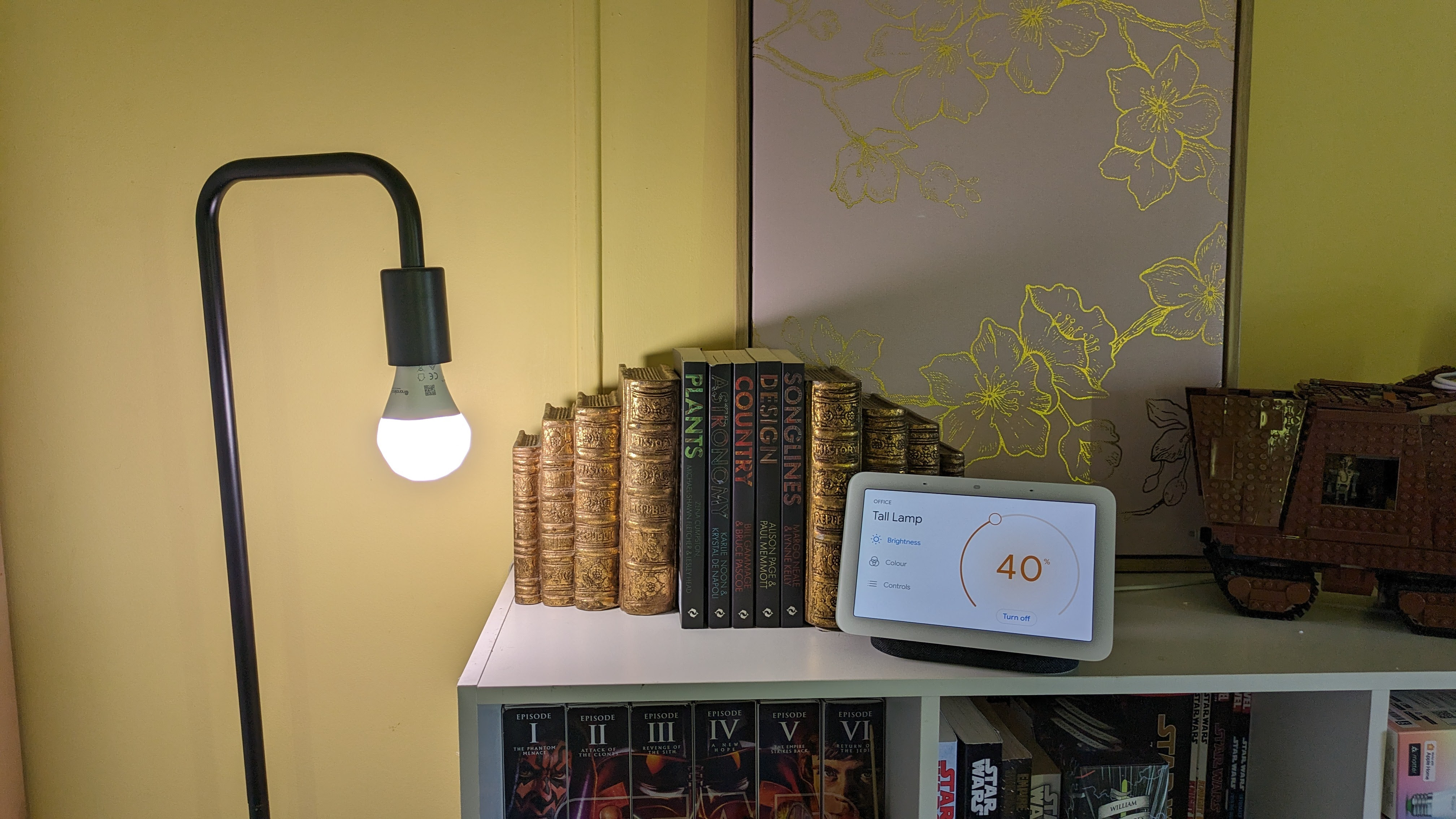
While this isn't a new piece of hardware or another redesign (although the app doesn't need it), it does open up the smart home in an exciting way. Developers of all types will be able to integrate and create new, intuitive experiences that can solve everyday problems or facilitate late-night food delivery. It could be something for sports fans, like flashing lights a certain color when your team scores or integrating with a music streaming service.
Kattukaran noted his enthusiasm for what the developers could build and said, “What are the kind of things you're going to build?” [since] “Now they can think about home in a way they never thought about before.”

